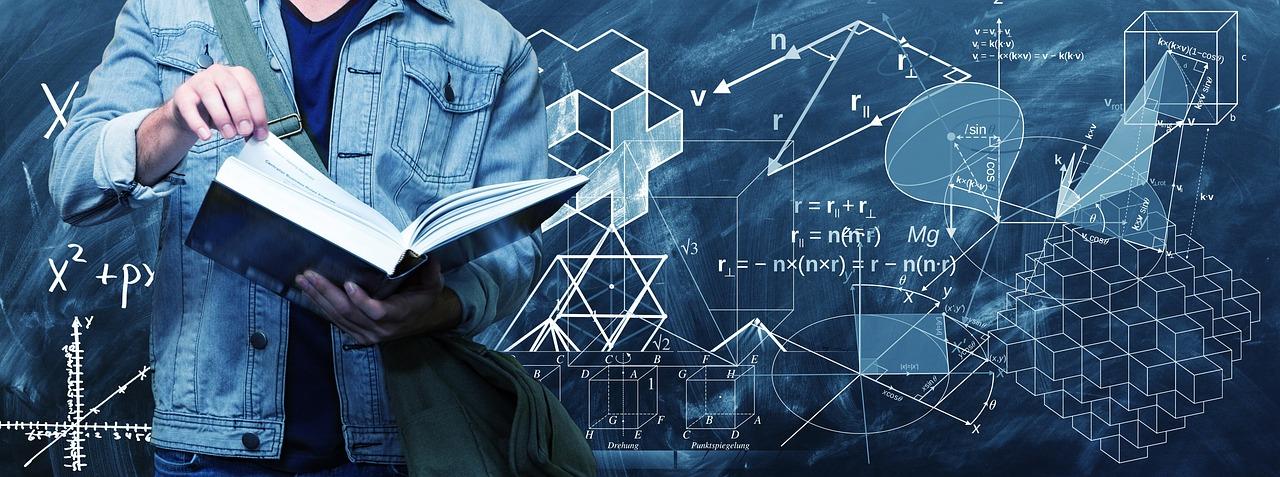
Let's Play Tanks: A Lesson on Parabolic Paths
by Karen Larsen
This lesson is an activity to show how projectile motion and many other motions in nature fallow a parabolic curve. Students will manipulate that knowledge and analyze data using small play tanks to hit a target.
Lesson Plan Link/URL
https://docs.google.com/presentation/d/1OT6yX3EdezO5MWG3Q9LqFX2PFXm5O5zX/edit?u…Subject Area
Science Physical Science Technology 3. Knowledge Constructor 5. Computational Thinker Engineering S3: Apply Mathematics to Engineering S4: Apply Science to Engineering S5: Apply Technology to Engineering Mathematics Measurement and Data (MD) Expressions and Equations (EE) Functions (F) Algebra (A) Reasoning with Functions and Relations (RFR)Related Content

Grades:
9th Grade, 10th Grade, 11th Grade, 12th Grade
Using the Introduction to Hydroponics lab, introduce students to the features of the Hydroponic Systems. Students will explore the different types of grow mediums and grow lights used in the systems

Grades:
7th Grade, 8th Grade, 9th Grade, 10th Grade, 11th Grade, 12th Grade
Students will apply principles of design, engineering, and mathematics to create a physical or digital labyrinth inspired by the myth of Theseus. This project integrates STEM concepts with literature

Grades:
9th Grade, 10th Grade, 11th Grade, 12th Grade
In this lesson, students use the Kepler’s Laws PhET Simulation to collect data on the period and average radius of the planetary orbits. They graph and analyze that data to derive Kepler’s 3rd Law.

